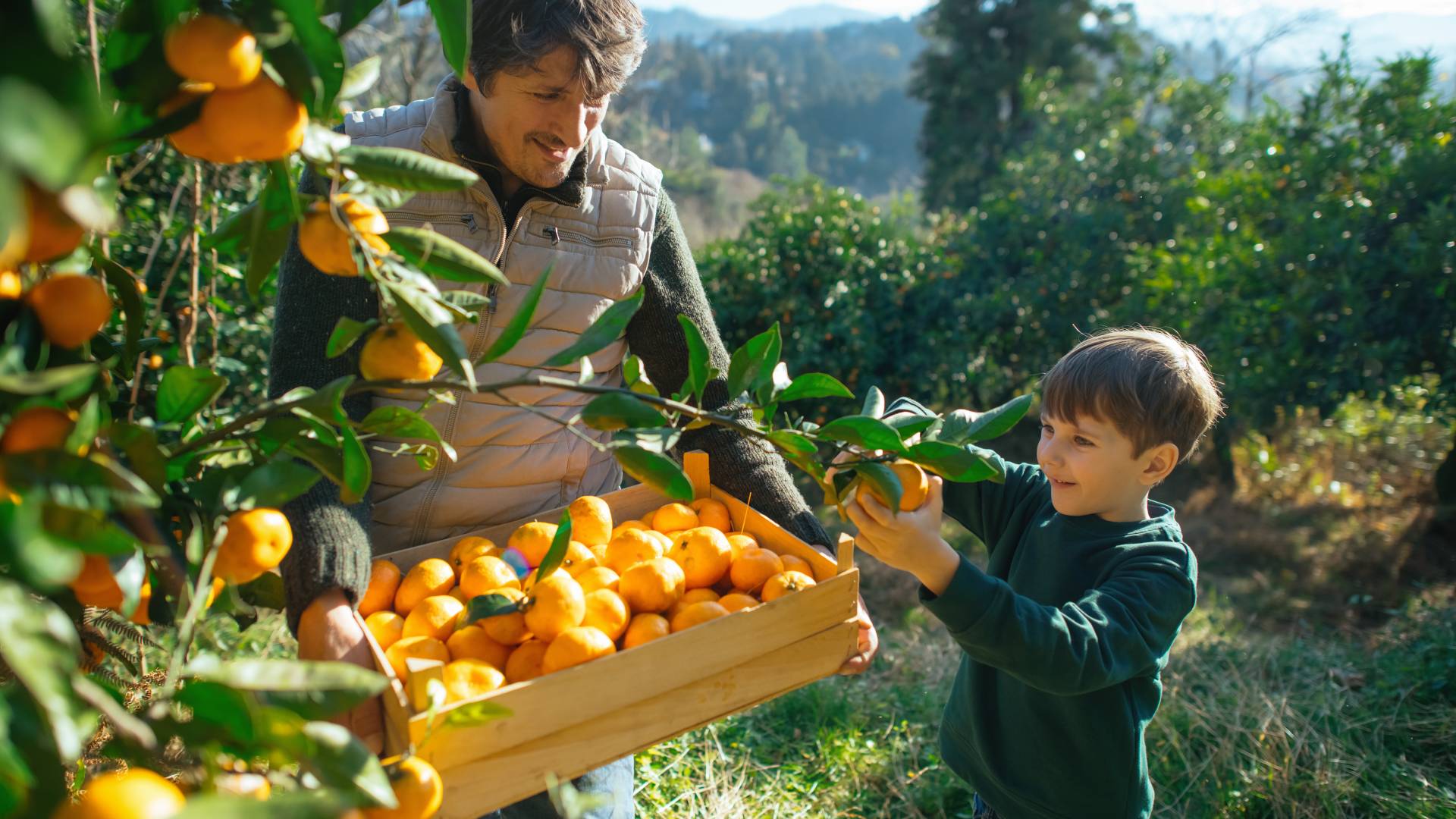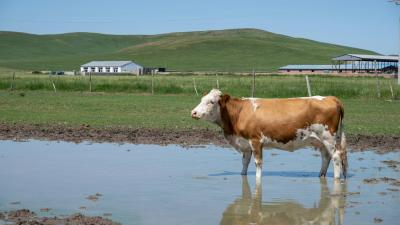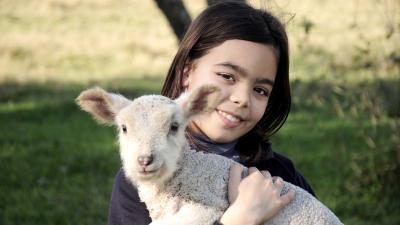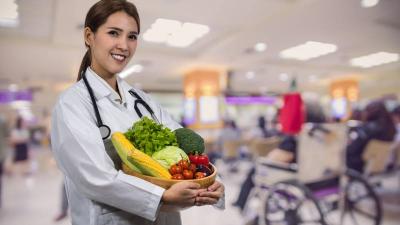In Response to the Bird Flu Crisis, the Physicians Committee is Offering Grants to Farmers Interested in Transitioning from Raising Livestock or Poultry to Growing Crops or Planting Orchards

WASHINGTON—The Physicians Committee, a national health advocacy group with 17,000 doctors nationwide, is offering grants to farmers who would like to start or continue the transition from raising livestock or poultry to growing crops or planting orchards. Currently, the bird flu crisis may result in challenges for dairy farmers, or egg farmers may lose entire flocks of laying hens. Some farmers may be considering a transition to orchards or food crops.
The Physicians Committee program is modeled on a program established by lawmakers in Vermont who provided grants to farmers who wished to diversify or transition from one type of farming to another.
Any farmer who would like to phase out animal agriculture, especially farmers who are impacted by bird flu, can apply for a grant of up to $15,000 by sending a request to Jeanne McVey at Jeannem [at] pcrm.org (Jeannem[at]pcrm[dot]org). Please include the following information:
- Please describe your current farming operation including your state and county.
- Please describe what the grant will be used for. For example, you’d like to start planting fruit or nut trees so you can phase out your dairy operation. This challenging transition was accomplished by the Giacomazzi family which converted their dairy farm in California to an almond orchard.
- Please describe your reasons for wanting to transition from one type of farming to another. For example, there was a bird flu outbreak and you lost your flock of egg-laying hens.
- The deadline for a farmer to submit an application is March 3, 2025.
In many parts of the country, farm transitions are already underway. In Iowa, the Faaborg brothers are transitioning the family farm from raising hogs to growing mushrooms, as reported recently by the New York Times. The Faabords are partnering with the Transfarmation Project which provides Farmer Resources, the Farmer Toolkit, and other assistance.
“Blueberries, beans, greens, and other plant-based foods grown by U.S. farmers can help people improve heart health, prevent diabetes, and maintain a healthy weight, among other benefits,” says Roxanne Becker, MBChB, a medical doctor on the staff of Physicians Committee. “It’s important to support these cherished family farms.”
Carman Brook Farm, which has been in the Fortin Family for five generations, recently received a transition grant of $15,000 from the state of Vermont. The former dairy farm focuses on production of maple candy and syrup as well as the recently planted cider apple orchards. The 2,949 apple trees were planted in former cow pastures, and the trees benefit our environment by producing oxygen for us to breathe while storing carbon dioxide in their fibers. By contrast, cows produce methane, a potent planet-warming gas.
Due to economic hardship or other factors, many dairy farmers are choosing to
exit the business. Former dairy farmer Denise O’Brien sold the cows when milk prices were low and transitioned to growing crops including strawberries, raspberries, asparagus, and apple trees. In Wisconsin, Greg Zwald embraced the life of a dairy farmer, but things changed and he now runs a pick-your-own-berries enterprise. A Wisconsin dairy farmer, Paul Jereczek, is planting hazelnut trees because he’d like his children to stay on the land and he doesn’t see a future in dairy farming.
The life of a contract chicken grower can be challenging, and some of them are repurposing their chicken houses to grow crops. In Southwest Arkansas, farmers Jennifer and Rodney Barrett are transitioning from raising poultry and cattle to growing mushrooms. In North Carolina, former chicken farmers Paula and Dale Boles have converted their 500-foot-long poultry barns to greenhouses to grow organic vegetables.
These farm transitions aren’t easy and in addition to grants provided by nonprofit groups, the government should provide financial and technical support. U.S. Sen. Cory Booker has introduced legislation that would require the U.S. Department of Agriculture to provide grants to livestock farmers to pay off related debt and to transition the property to alternative agriculture activities. All senators should support this proposed legislation to ensure that it passes.
From a doctor’s perspective, shifting food production away from intensive animal agriculture can benefit public health. Facilities with large numbers of animals in a small amount of space, are a concern for public health because they provide ideal conditions for viruses to spread, evolve, and possibly acquire the ability to more easily infect people. Intensive animal agriculture was implicated when influenza viruses H1N1, H5N1, and N7N9 jumped from animals to people, according to research published in Frontiers in Microbiology.
Dr. Richard Webby, of the World Health Organization, told NBC News that the spread of H5N1 in cows for the past 10 months has raised experts’ level of concern because cows are mammals and interact with humans frequently. That increases the likelihood the virus could mutate to pass from person to person. So far, about 60 people in the U.S. have been infected by the highly pathogenic H5N1 bird flu.
The Washington Post reports that, “Bird flu has been found in at least one pig at a backyard farm in Oregon, the first detection of the H5N1 virus in swine in the United States…The discovery is particularly concerning to scientists and public health officials because pigs can become coinfected with bird and human viruses, allowing genes to swap to form a new, more dangerous virus that can more easily infect humans.”
If there are fewer dairy cows and laying hens, where will people get their protein and calcium? In the U.S., farmers grow many sources of protein, including chickpeas, lentils, beans, and mushrooms. Native pecan trees are grown profitably in the U.S., and pecans are a good source of protein, iron, calcium, and many other nutrients.
Other good sources of calcium include almonds, sweet potatoes, and kale.
Improved water quality is another reason to increase acreage of fruit and nut trees. One way to keep phosphorous and other pollutants from flowing into rivers is to install riparian buffers of trees and shrubs to intercept polluted water running off of fields where chicken litter has been applied. Trees that are suitable for riparian buffers, like hazelnuts can also provide income to the farmer, according to the U.S. Department of Agriculture.
Large-scale livestock operations contribute to climate change by producing methane, a powerful planet-warming gas. The World Health Organization says, “Reducing livestock herds would reduce emissions of methane, which is the second largest contributor to global warming after carbon dioxide.” Methane is an efficient heat-trapping gas, but it’s relatively short-lived, so reducing emissions now could help slow global warming.
Recently, the federal government announced that it will compensate dairy farmers for loss of milk production caused by bird flu. The government also compensates farmers when bird flu causes the loss of huge flocks of egg-laying hens or other birds. Government grants and other assistance should also be available if dairy farmers or egg producers would like to switch to growing crops or planting orchards.
Media Contact
Jeanne Stuart McVey
202-527-7316
jmcvey[at]pcrm.org
Founded in 1985, the Physicians Committee for Responsible Medicine is a nonprofit organization that promotes preventive medicine, conducts clinical research, and encourages higher standards for ethics and effectiveness in education and research.








